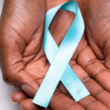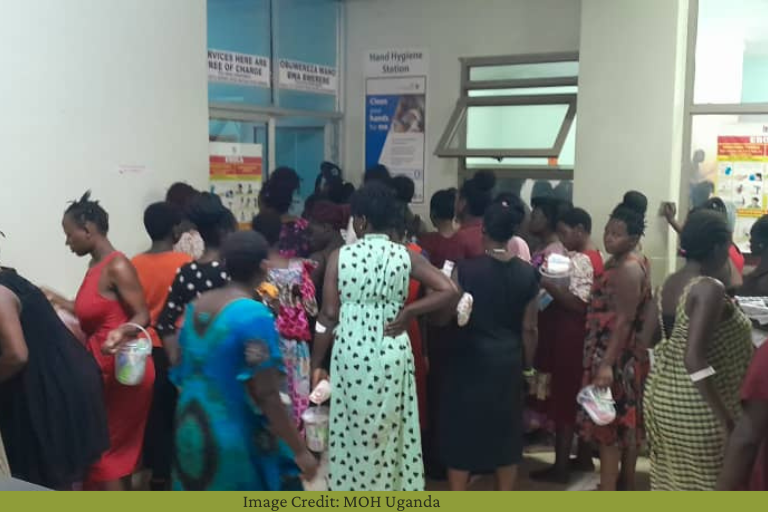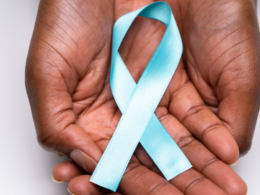Uganda continues to grapple with high maternal mortality rates, a pressing public health issue that affects thousands of women each year. Recent reports indicate that the country’s maternal mortality ratio stands at approximately 189 deaths per 100,000 live births, a figure that, while an improvement from previous years, still far exceeds the World Health Organization’s target of fewer than 70 deaths per 100,000 live births by 2030.
Understanding the Challenges
Despite significant efforts by the Ugandan government and international organizations, numerous factors contribute to the persistent high rates of maternal mortality. A lack of access to quality healthcare services, inadequate prenatal care, and limited education about maternal health significantly exacerbate the issue.
Women die as a result of complications during and following pregnancy and childbirth. Most of these complications develop during pregnancy and most are preventable or treatable. Other complications may exist before pregnancy but are worsened during pregnancy, especially if not managed as part of the woman’s care.
The major complications that account for nearly 75% of all maternal deaths are :
Severe bleeding (mostly bleeding after childbirth);
Infections (usually after childbirth);
High blood pressure during pregnancy (pre-eclampsia and eclampsia);
Complications from delivery; and
Unsafe abortion.
Many rural communities lack adequate health facilities, forcing expectant mothers to travel long distances for prenatal care and delivery services.
Socioeconomic Barriers
Economic constraints also play a critical role. In many areas, women face financial barriers that hinder their ability to seek necessary healthcare. Traditional practices, cultural beliefs, and gender inequalities further complicate access to maternal health services. Many women are still pressured to deliver at home due to societal norms, where the presence of a skilled birth attendant is not prioritized.
Additionally, the COVID-19 pandemic has strained Uganda’s healthcare system, leading to further disruptions in maternal health services. Health facilities were overwhelmed, and resources diverted, contributing to an increase in maternal health complications and, subsequently, mortality.
Government and NGO Efforts
In response to this crisis, the Ugandan government, in collaboration with various non-governmental organizations (NGOs), has implemented several initiatives aimed at reducing maternal mortality. The “Roadmap for the Reduction of Maternal and Neonatal Morbidity and Mortality” outlines strategic goals, including increasing the number of skilled birth attendants and enhancing access to emergency obstetric care.
One notable program is the “Mama Kit” initiative, which provides expectant mothers with essential supplies for childbirth. This initiative has shown promise in increasing the number of women seeking professional care during delivery.
Community Engagement and Education
Education is also a key focus area. Community health workers are being trained to provide critical information on maternal health, encouraging women to seek care and understand their rights. These grassroots efforts are essential in shifting cultural attitudes and reducing the stigma associated with seeking medical help.
Dr. Agnes Nakiwala, a community health advocate, emphasizes the importance of local engagement: “When communities are educated about the risks and signs of complications during pregnancy, women feel empowered to seek help. It’s about changing the narrative.”
Call for Action
Despite these efforts, experts warn that more needs to be done to meet the ambitious targets set by the global health community. Increased funding for maternal health programs, better infrastructure in rural areas, and continued advocacy for women’s health rights are crucial steps forward.
Dr. John Mulumba, a maternal health specialist at Mulago National Referral Hospital, states, “We cannot afford to be complacent. Every life lost is a tragedy, and we must work harder to ensure that every woman has access to the care she needs.”









